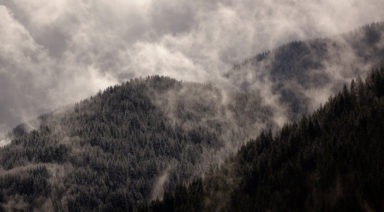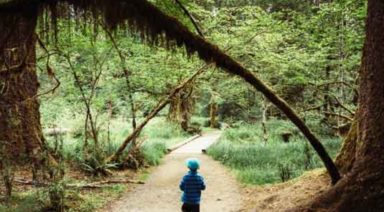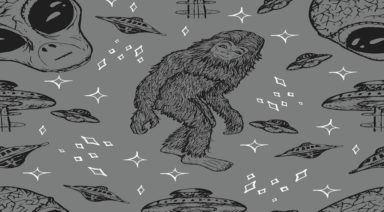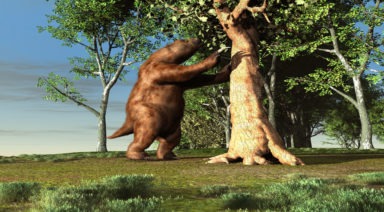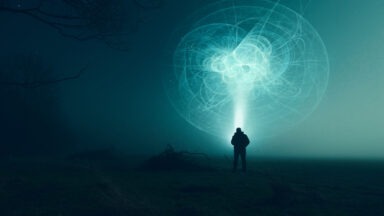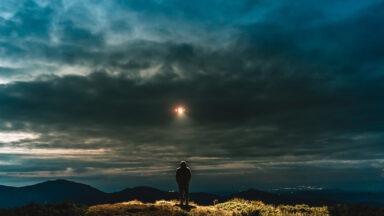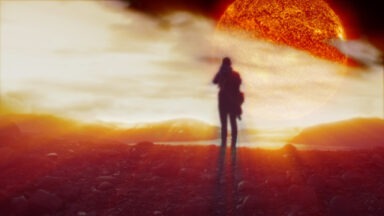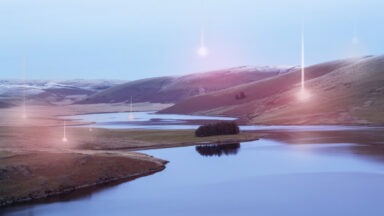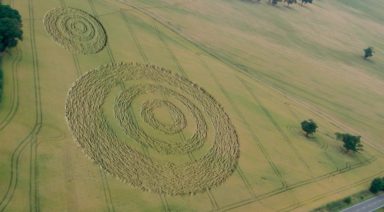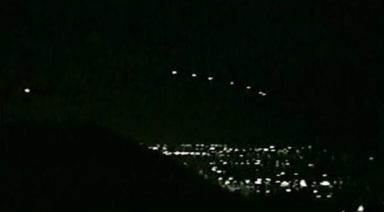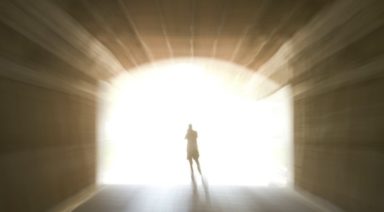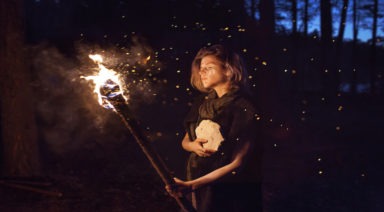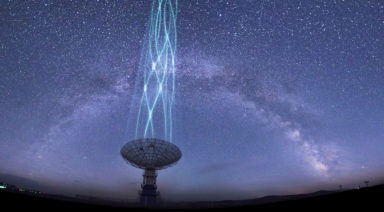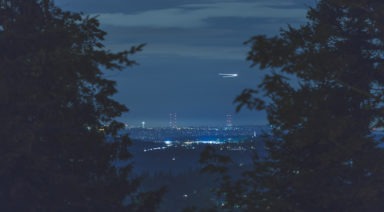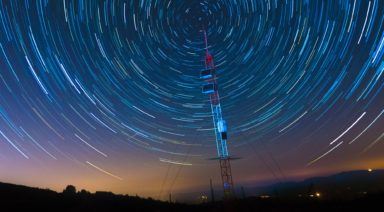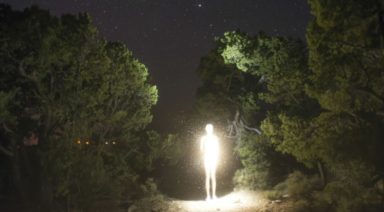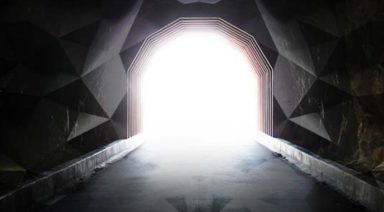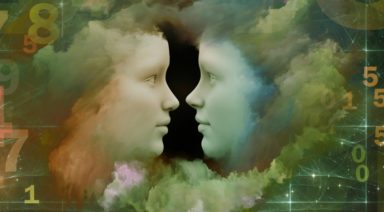Video Shows Second Purported Bigfoot Sighting in Utah This Year
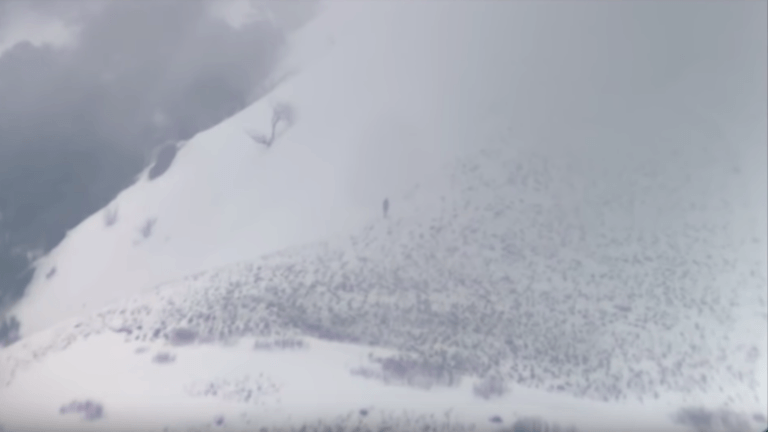
True to form, the video is shaky and brief, showing a tall dark figure lumbering up a mountain side. But given the weather conditions, altitude, and the figure’s stride, Tanner Hargis’ recent video of an alleged Bigfoot is bizarre and one of the more convincing ones we’ve seen lately.
A few weeks ago, Hargis and friends were using a portable spotting scope to observe areas around Lone Peak in the Wasatch mountain range just outside of Provo, UT, when they noticed the figure slogging up the mountain.
Pointing a video camera through the lens of his scope, he captured the entity on film and quickly submitted it to the Rocky Mountain Sasquatch Organization, a website that gathers extensive videos and photographic evidence of Bigfoot sightings, as well as research conducted by their own team.
“I think I have captured a video of a Sasquatch 03/23/19. At around 10:30 AM. Up on Wasatch Range. Near Lone Peak. It was high up to where I don’t think any man will hike up it. I think it’s something to check into,” Hargis said.
Coming off the heels of another recent spotting in the Provo area, this latest sighting shows a figure appearing to be somewhere in the range of 8-feet-tall, seen through the lens of a spotting scope – a high-powered portable telescope with an 80mm lens capable of extending up to 60x zoom, often used by birdwatchers and nature enthusiasts.
It’s this lengthy zoom that makes the video so shaky, as Hargis attempts to spot the being from a distance of seven miles while trying to keep it focused in the frame of his scope.
The bipedal entity in the video can be seen trudging up the crest of the mountain top, in the midst of a snowstorm, at an elevation of nearly 9,000 feet. According to Hargis, it would be rare to see a human hiking at that altitude, in those conditions, by themselves.
The vast majority of those who responded in the YouTube comments section seem to believe the video is solid evidence of the Utah Sasquatch, though a few skeptics bring up some valid contradictory points — namely, that Lone Peak is hiked by skiers, snowboarders, and hikers with snowshoes during the winter.
But despite the blurred, distant footage it’s hard to make out of the gear one would expect to see, as one would expect the figure to walk with a different gait if it were wearing snowshoes. Also, there seems to be a lack of any gear strapped to its back.
For now, Hargis and friends say they’ll keep their eyes peeled for another sighting or any other evidence to support their claims. But if one thing is for sure, those living in the Wasatch range, or anywhere near Provo, UT should be on the lookout for this elusive creature after two such convincing and consecutive sightings.
For more on the search for Bigfoot check out the documentary Bigfoot’s Reflection:
Bigfoot Encounters and Other Evidence of the Elusive Cryptid

Whether you consider yourself a believer or not, there are hundreds, if not thousands, of reported Bigfoot encounters, including a few from some widely recognized names. These encounters span cultures and continents and even date back to times of antiquity when natives ruled the land. Today, more than 20 percent of the U.S. population says it believes Bigfoot exists, and there’s plenty of evidence to boot.
Last year, two sightings picked up by trail cameras on Sherman Pass and SR 20 in Snoqualmie, WA caught what appears to be a large bipedal figure trekking through the snow, reigniting passionate debate about the famous cryptid.


